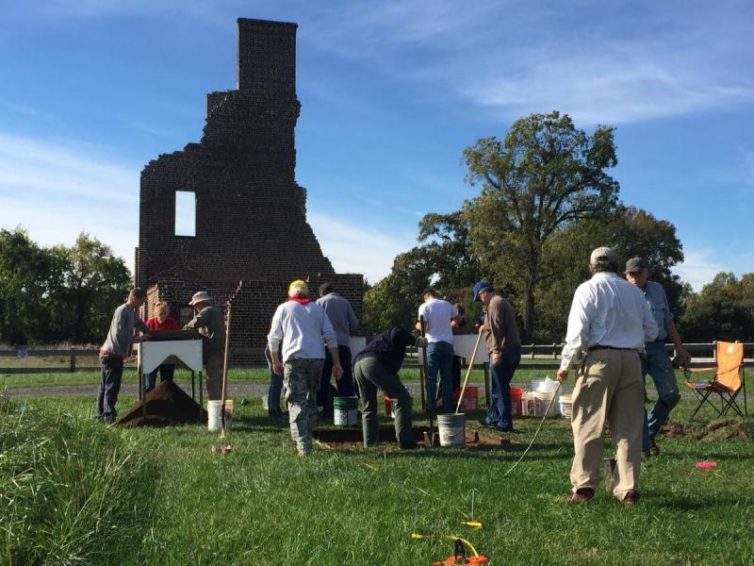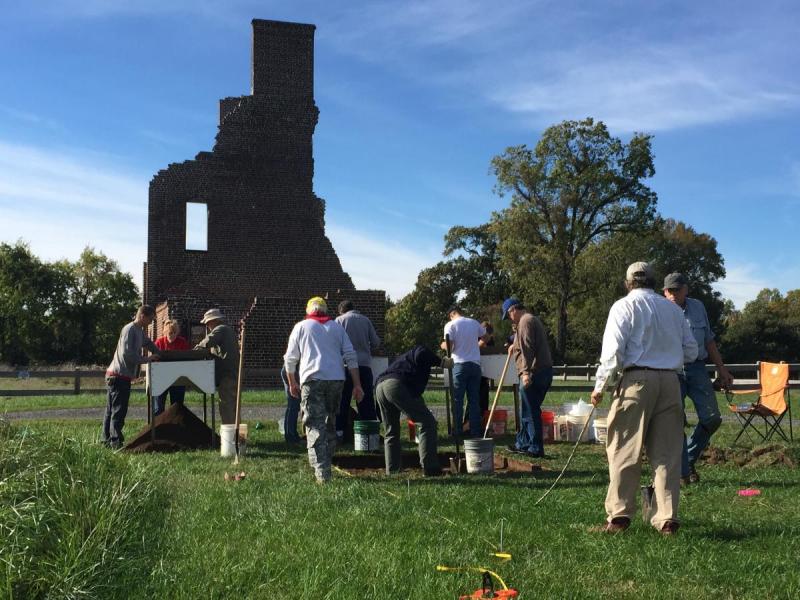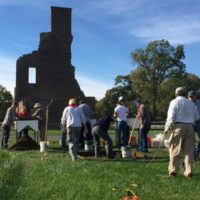NSHM Archaeology Club Event
Archeology is the study of human history through material remains. However, there is a scientist in Maryland who is expanding the definition of archeology. Jim Gibb, who directs the Smithsonian Environmental Research Consortium’s Archeology Laboratory, is exploring environmental archaeology on a few hundred acres of the SERC campus in Edgewater, Maryland. This particular tracts of land called the Shaws Folly/Sellmans Connection. witnessed about 350 years of continuous Euroamerican occupation. Since 2012 the SEAL team has investigated the changes wrought on the local ecosystem by these families and by the Sparrows and Contees on the neighboring plantation tract. This illustrated presentation provides examples of how households—consciously and unconsciously—alter their surroundings and the webs of relationships among plant and animal communities and the soils to which they are attached. Looking to the past may give us insight on our own impacts to the land and guidance to do a better job of living as a part of nature rather than apart from it.
Jim Gibb (Binghamton University, PhD 1994) directs SERC’s Environmental Archaeology Laboratory (SEAL), housed in the historic Sellman House at the main entrance to the campus. He has researched and published on numerous topics in archaeology, from a Paleoindian site in Southern Maryland, to patterns of wealth among 17th-century planters, to production strategies among late 19th-century cheese manufacturers. With a team of citizen scientists engaged at all levels of research, from archival research to data collection to analysis and reporting, Jim investigates the ecosystem stresses created by socially differentiated households in the Rhode River watershed, analyzing biological materials and artifacts from tightly dated archaeological deposits from the mid-17th through 20th centuries. He is part of a collaboration developing a palynology laboratory at SERC.



